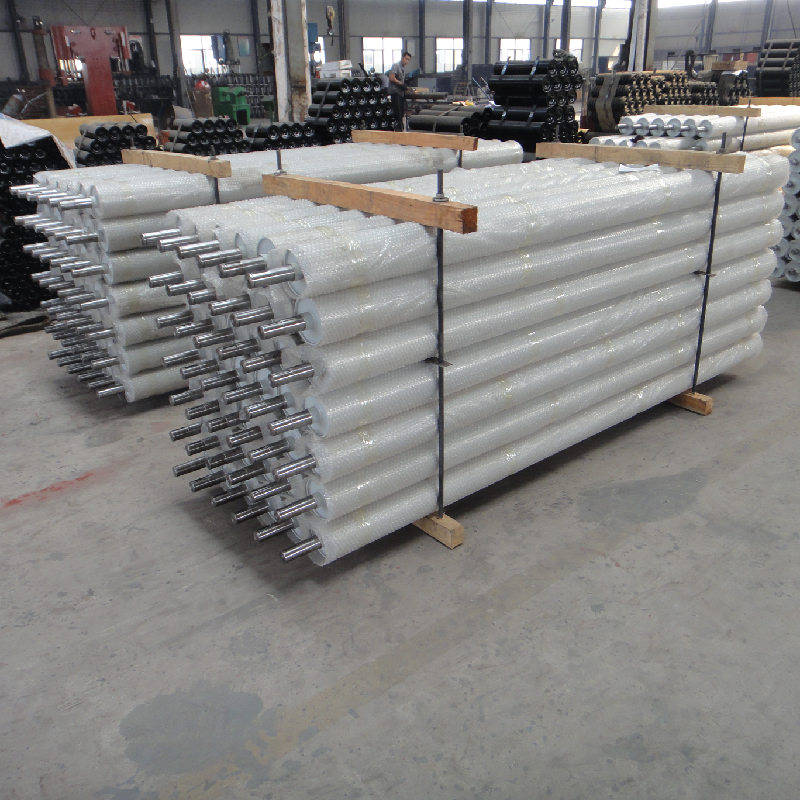 Afrikaans
Afrikaans  Albanian
Albanian  Amharic
Amharic  Arabic
Arabic  Armenian
Armenian  Azerbaijani
Azerbaijani  Basque
Basque  Belarusian
Belarusian  Bengali
Bengali  Bosnian
Bosnian  Bulgarian
Bulgarian  Catalan
Catalan  Cebuano
Cebuano  Corsican
Corsican  Croatian
Croatian  Czech
Czech  Danish
Danish  Dutch
Dutch  English
English  Esperanto
Esperanto  Estonian
Estonian  Finnish
Finnish  French
French  Frisian
Frisian  Galician
Galician  Georgian
Georgian  German
German  Greek
Greek  Gujarati
Gujarati  Haitian Creole
Haitian Creole  hausa
hausa  hawaiian
hawaiian  Hebrew
Hebrew  Hindi
Hindi  Miao
Miao  Hungarian
Hungarian  Icelandic
Icelandic  igbo
igbo  Indonesian
Indonesian  irish
irish  Italian
Italian  Japanese
Japanese  Javanese
Javanese  Kannada
Kannada  kazakh
kazakh  Khmer
Khmer  Rwandese
Rwandese  Korean
Korean  Kurdish
Kurdish  Kyrgyz
Kyrgyz  Lao
Lao  Latin
Latin  Latvian
Latvian  Lithuanian
Lithuanian  Luxembourgish
Luxembourgish  Macedonian
Macedonian  Malgashi
Malgashi  Malay
Malay  Malayalam
Malayalam  Maltese
Maltese  Maori
Maori  Marathi
Marathi  Mongolian
Mongolian  Myanmar
Myanmar  Nepali
Nepali  Norwegian
Norwegian  Norwegian
Norwegian  Occitan
Occitan  Pashto
Pashto  Persian
Persian  Polish
Polish  Portuguese
Portuguese  Punjabi
Punjabi  Romanian
Romanian  Russian
Russian  Samoan
Samoan  Scottish Gaelic
Scottish Gaelic  Serbian
Serbian  Sesotho
Sesotho  Shona
Shona  Sindhi
Sindhi  Sinhala
Sinhala  Slovak
Slovak  Slovenian
Slovenian  Somali
Somali  Spanish
Spanish  Sundanese
Sundanese  Swahili
Swahili  Swedish
Swedish  Tagalog
Tagalog  Tajik
Tajik  Tamil
Tamil  Tatar
Tatar  Telugu
Telugu  Thai
Thai  Turkish
Turkish  Turkmen
Turkmen  Ukrainian
Ukrainian  Urdu
Urdu  Uighur
Uighur  Uzbek
Uzbek  Vietnamese
Vietnamese  Welsh
Welsh  Bantu
Bantu  Yiddish
Yiddish  Yoruba
Yoruba  Zulu
Zulu Understanding the Function and Use of Rubber Belt Pulleys in Machinery
The Importance of Rubber Belt Pulleys in Modern Machinery
Rubber belt pulleys are an integral component of various mechanical systems, playing a crucial role in the functionality and efficiency of machinery. These components are designed to transmit power through the rotation of belts, serving as a vital link between different parts of a machine. The versatility and durability of rubber belt pulleys make them essential in industries ranging from manufacturing to automotive engineering.
Understanding Rubber Belt Pulleys
A rubber belt pulley is typically made from a strong metal core coated with rubber for enhanced grip and flexibility. The combination of these materials allows it to effectively manage tension and load while reducing wear and tear. Rubber pulleys come in various shapes and sizes, catering to a broad spectrum of applications. They can be found in everything from conveyor systems to engines, showcasing their widespread importance.
Advantages of Using Rubber Belt Pulleys
One of the primary benefits of rubber belt pulleys is their ability to absorb shock and vibrations. This characteristic is particularly advantageous in high-speed applications, where excessive vibrations can lead to mechanical failures. Rubber effectively dampens vibrations, promoting smoother operation and extending the lifespan of both the pulley and the connected machinery.
Additionally, the frictional properties of rubber allow for better grip between the pulley and the belt. This improved traction reduces slippage, ensuring that power is transmitted efficiently. As a result, machines equipped with rubber belt pulleys can operate at optimal performance levels, minimizing energy loss.
Applications of Rubber Belt Pulleys
Rubber belt pulleys are utilized in a variety of industries. In manufacturing, they are commonly found in conveyor systems that transport goods across production lines. Their ability to maintain a consistent speed and torque is essential for efficient operations.
In the automotive sector, rubber belt pulleys are used in engines to drive various components, such as the alternator and water pump. The reliability of these pulleys is critical for vehicle performance, as any failure can lead to significant operational issues.
rubber belt pulley

Furthermore, rubber belt pulleys are instrumental in agricultural machinery. They facilitate the efficient movement of parts in equipment like harvesters and tractors, where consistent power transmission is necessary for effective operation.
Maintenance and Care
While rubber belt pulleys are designed to withstand harsh operating conditions, regular maintenance is essential to ensure their longevity. Inspecting the pulleys for signs of wear, such as cracks or deformation, can prevent unexpected failures. Additionally, keeping the belt properly tensioned is crucial; an overly loose or tight belt can lead to premature pulley wear.
Lubrication is another vital aspect of maintenance. While rubber components should generally not be lubricated, ensuring that the surrounding parts are free of debris and obstructions will help maintain optimal performance.
Innovations in Rubber Belt Pulley Technology
As technology advances, so too do the materials and designs used in rubber belt pulleys. Innovations such as the incorporation of advanced composites and improved rubber formulations have led to increased durability and performance. These developments not only enhance the efficiency of existing machinery but also open the door to new applications that require more robust solutions.
Moreover, digital monitoring technologies are being integrated into the designs of modern pulleys. These smart pulleys can track performance metrics, alerting operators to potential issues before they become critical. This predictive approach to maintenance is revolutionizing the way industries manage their equipment, reducing downtime and costs.
Conclusion
In summary, rubber belt pulleys play a vital role in the efficiency and operation of various mechanical systems across industries. Their unique characteristics, such as shock absorption and high friction, make them an indispensable component of machinery. With ongoing innovations and a focus on maintenance, the future of rubber belt pulleys looks promising, ensuring their continued relevance in an ever-evolving technological landscape. Whether in manufacturing, automotive, or agriculture, rubber belt pulleys are essential for driving efficiency and reliability in modern machinery.
-
Revolutionizing Conveyor Reliability with Advanced Rubber Lagging PulleysNewsJul.22,2025
-
Powering Precision and Durability with Expert Manufacturers of Conveyor ComponentsNewsJul.22,2025
-
Optimizing Conveyor Systems with Advanced Conveyor AccessoriesNewsJul.22,2025
-
Maximize Conveyor Efficiency with Quality Conveyor Idler PulleysNewsJul.22,2025
-
Future-Proof Your Conveyor System with High-Performance Polyurethane RollerNewsJul.22,2025
-
Driving Efficiency Forward with Quality Idlers and RollersNewsJul.22,2025





























